What is laryngopharyngeal reflux?
Laryngopharyngeal reflux (LPR) can be defined as a condition in which the contents of the stomach flow upwards i.e. towards the larynx and pharynx, causing sore throat and irritation. It is a highly prevalent disease and commonly encountered in the otolaryngologist’s clinic.
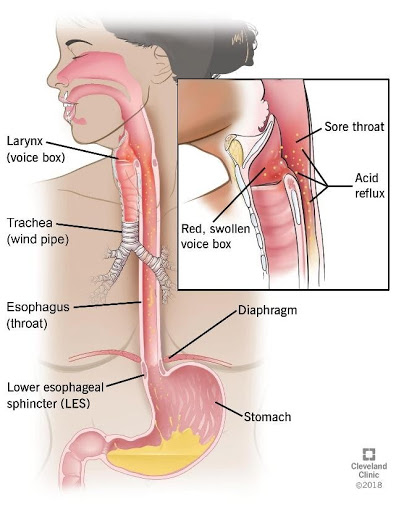
Why LPR is referred as silent reflux?
With LPR, a person may not experience the classic symptoms of gastro-esophageal reflux disease (GERD), such as heartburn. This makes it extremely challenging for the clinician to diagnose it and hence it is referred as silent reflux.
What are the symptoms of LPR?
With LPR, a person may not experience the classic symptoms of gastro-esophageal reflux disease (GERD), such as heartburn. This makes it extremely challenging for the clinician to diagnose it and hence it is referred as silent reflux.
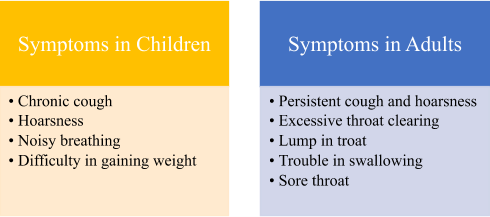
What are the causes of LPR?
In the normal scenario, food reaches the stomach via esophagus. The ring of muscle known as sphincter, prevents the content of the stomach to go back into the esophagus. However, if the sphincter does not work or close properly, the acidic stomach content travels upwards towards esophagus resulting in LPR.
Following conditions increase the susceptibility to develop LPR:
- Use of alcohol or tobacco
- Consumption of too much spicy or fried foods
- Being overweight or obese
- Wearing tight clothes around abdomen
- Excessive eating and immediately lying down post-eating
What are the complications of LPR?
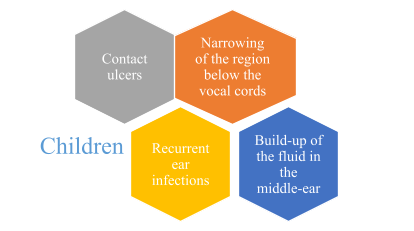
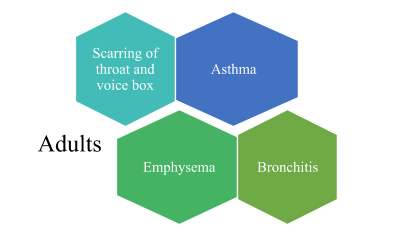
How can we manage LPR
- Lifestyle modification
- Medications to reduce the effect of acidic stomach content
Following conditions increase the susceptibility to develop LPR:
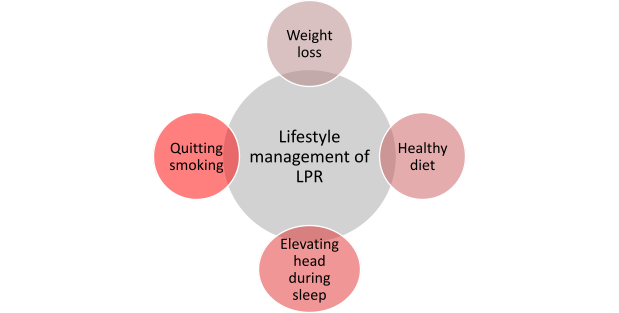
In case LPR is not successfully managed with lifestyle/dietary modifications, following medicines are prescribed:
- Antacids
- H2 blockers
- Proton-pump inhibitors
The medications and lifestyle changes relieve all the major symptoms of LPR and may prevent further damage to the esophagus, throat, larynx and voice box. Also, the measures to strengthen the esophagus should be regularly practiced.


